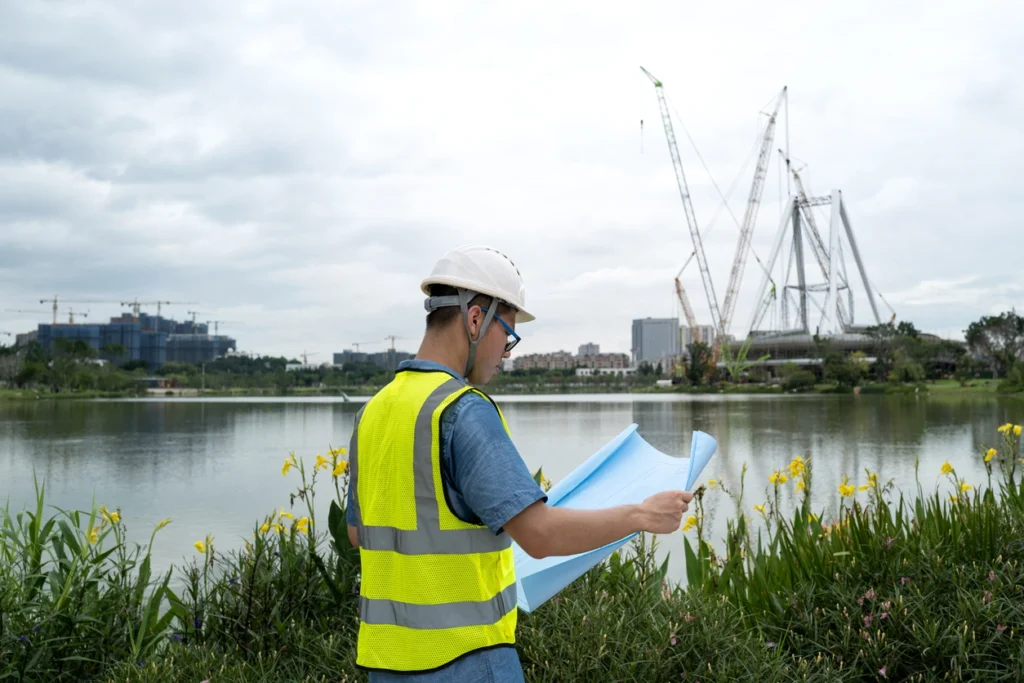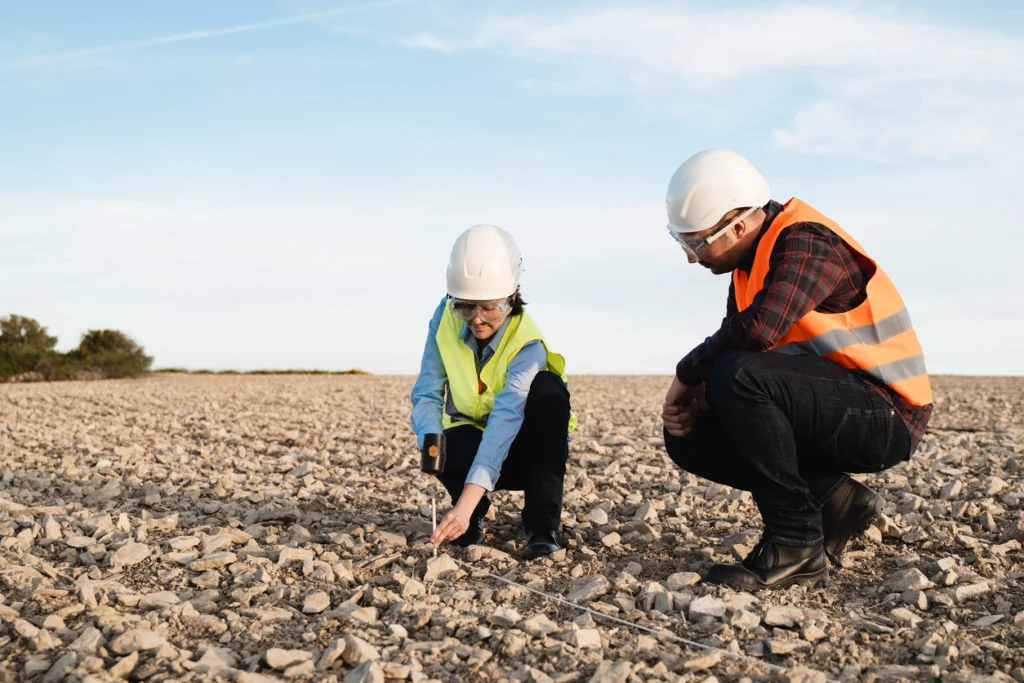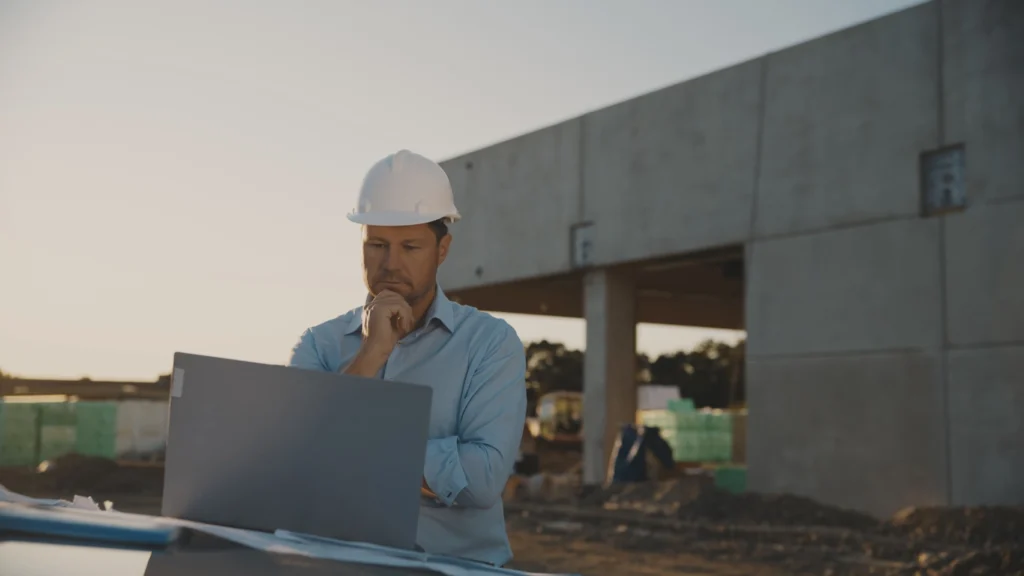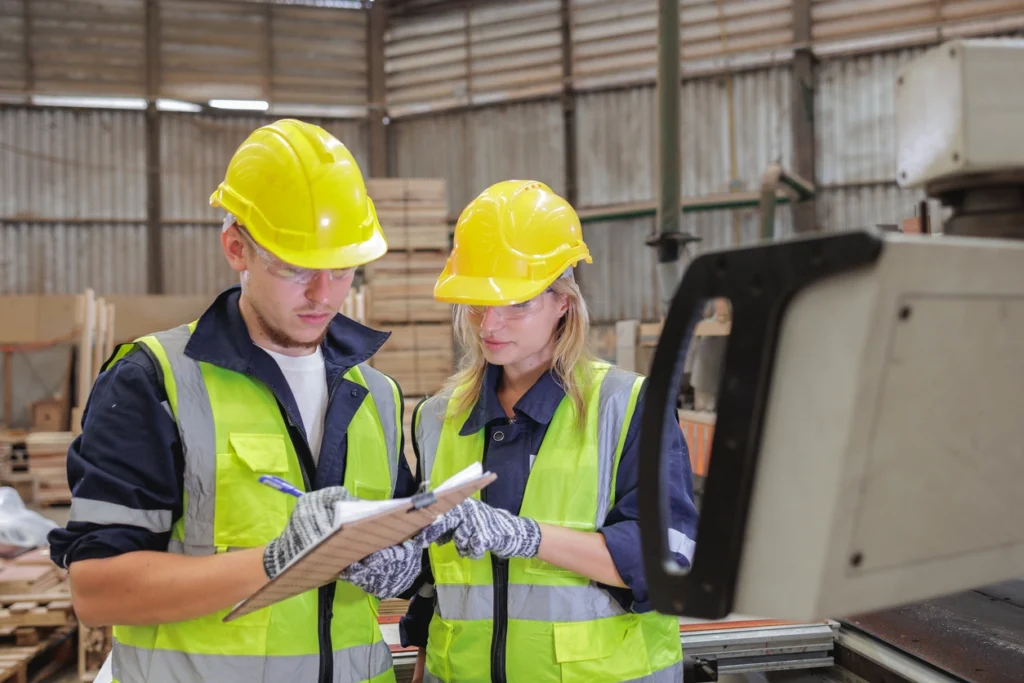Purchasing or refinancing a property is a major decision, and it’s wise to understand the potential environmental risks involved. A Phase I Environmental Site Assessment (ESA) is a crucial step in safeguarding that investment. This guide will walk you through the ins and outs of conducting a Environmental Phase I Site Assessment, offering you clarity and ensuring the environmental safety of your property.

When is an Environmental Phase I Site Assessment Necessary?
A Environmental Phase I Site Assessment serves as a powerful risk-management tool, but understanding when it’s truly essential will help you make informed financial decisions. Here’s a breakdown of scenarios where a Phase I ESA is strongly advised:
Property Transactions
Before buying, selling, or refinancing commercial or industrial property, a Phase I ESA aligns with the “innocent landowner defense” provision of the federal CERCLA legislation (Comprehensive Environmental Response, Compensation, and Liability Act). Having a recent, professionally conducted ESA can protect you from liability for pre-existing environmental contamination on the property.
Lender Requirements
Most banks and mortgage lenders require a Phase I ESA as a precondition for financing. They want to minimize their risk and ensure the property’s value isn’t compromised by hidden environmental issues.
Property History
Certain types of past land use raise red flags. Properties that formerly housed gas stations, dry cleaners, manufacturing facilities, or other businesses handling hazardous substances often trigger a Environmental Phase I Site Assessment requirement.
Regulatory Obligations
In addition to federal guidelines, some states, counties, or cities have specific ordinances that mandate a Phase I ESA in certain circumstances. These might include a change in property zoning, redevelopment projects, or even suspicion of contamination by local authorities.
Important Considerations:
- Even without a mandate, a Phase I ESA can be wise. If you have any reason to suspect previous activities could have polluted the site, it’s better to be safe than sorry.
- The cost of an Environmental Phase I Site Assessment might seem substantial. However, it pales in comparison to the potential cost of unknowingly buying a contaminated site and becoming liable for expensive cleanups.

The Key Components of a Environmental Phase I Site Assessment
To adhere to the ASTM E1527 standard, a Phase I ESA follows a structured process that leaves no stone unturned in assessing the property’s environmental history and current state. Here’s a detailed look at each component:
Historical Records Review:
- The Detective Work: The environmental professional meticulously combs through public records, building permits, old maps, aerial photographs, and other historical sources. This reveals past uses of the site and adjacent properties that may have posed contamination risks (e.g., landfills, chemical plants).
- The Deeper Dive: Regulatory databases are checked for any records of spills, hazardous waste violations, or known contamination in the vicinity.
Site Reconnaissance:
- Visual Inspection: This critical step involves a thorough walk-through of the property by a trained expert. They’re looking for tell-tale signs like stressed vegetation, unexplained soil discolorations, storage containers, waste disposal areas, or unusual odors.
- Beyond the Surface: The interior and exterior of buildings are also examined for signs of contamination, improper chemical storage, or the presence of potentially hazardous materials like asbestos and lead-based paint.
Interviews:
- Tapping into Knowledge: The environmental professional gathers information from individuals familiar with the site. This could include current and past property owners or occupants, neighbors, or even local government officials. These interviews can uncover valuable details about the property’s history that might not be found in written records.
Report Findings:
- Clear and Concise: All findings are compiled into a detailed report conforming to ASTM standards. The report outlines any “Recognized Environmental Conditions” (RECs). RECs are essentially clues that suggest potential contamination on the property.
- Actionable Insights: The report doesn’t just stop at identifying RECs. It also offers recommendations for further action, which might include a Phase II ESA (involving sampling and testing) or, in some cases, proceeding directly to remediation planning.
It’s important to understand that a Environmental Phase I Site Assessment is not a guarantee that a property is free of contamination. However, it’s a thorough investigation that provides crucial information to make well-informed decisions about the potential environmental risks of a property.
Choosing a Qualified Site Professional
The reliability of your Environmental Phase I Site Assessment depends heavily on the expertise of the environmental professional you hire. Remember, not all environmental consultants are equally qualified to perform these assessments. Here’s what you need to look for:
Credentials and Certifications:
- Specific to ESAs: Verify that they have certifications specifically related to Phase I ESAs. Look for professional designations offered by relevant environmental organizations.
- State Licensing: Some states require environmental professionals to be licensed or registered. Ensure your chosen consultant meets these requirements.
Experience:
- Track Record: Choose a professional with demonstrable experience conducting Phase I ESAs, preferably with properties similar to yours.
- Local Knowledge: A consultant familiar with your region will have a better understanding of local environmental concerns and regulations, which is a major advantage.
Reputation and References:
- Ask Around: Recommendations from your lender, realtor or attorney can be invaluable. They may have worked with reputable consultants in the past.
- Check Reviews: See if there are any online reviews or testimonials about the consultants you are considering. This can provide insights into their work quality and professionalism.
Beyond Qualifications:
- Communication: Effective communication is vital throughout the process. Choose a professional who is open to answering your questions and explaining complex findings in plain language.
- Cost: The cost of a Environmental Phase I Site Assessment can vary, so get quotes from multiple consultants before making a decision. However, keep in mind that the cheapest option might not always be the best when it comes to such a critical assessment as this.
A qualified and experienced environmental professional will have the knowledge and skills to conduct a thorough Phase I ESA that adheres to ASTM standards. This can greatly increase your chances of uncovering any potential environmental red flags, giving you greater confidence when making decisions about the property.
What Happens After the Phase I ESA
Your Environmental Phase I Site Assessment report holds vital insights about the property’s environmental condition. The potential outcomes usually fall into the following categories:
Clean Report
Peace of Mind: If your ESA reveals no RECs, this indicates there’s a low probability of significant environmental contamination concerns. You can usually proceed with your transaction with greater confidence. Important Note: Even a “clean” Phase I ESA doesn’t offer an absolute guarantee that the site is uncontaminated. It’s a snapshot in time, and there’s always the potential for hidden issues.
Phase II ESA
Digging Deeper: If RECs are identified, your environmental professional will likely recommend a Phase II ESA. This involves more intrusive sampling and testing of soil, groundwater, or building materials. Confirmation or Relief: The Phase II aims to confirm or rule out the presence of contamination suspected in the Phase I report. Based on the results, you can make more informed decisions about negotiating a lower price, requiring the current owner to remediate any issues, or even walking away from the deal.
Remediation
Extent of the Problem: If contamination is confirmed, the extent and severity will dictate the remediation plan. This can range from relatively minor corrective actions to large-scale, and potentially very expensive, clean-up processes. Navigating the Process: An experienced environmental consultant can guide you through the remediation process, helping you understand your options, working with regulators, and connecting you with qualified remediation contractors.

Key Considerations
Time Sensitivity: Environmental Phase I Site Assessments often have time limits for their validity under lending or regulatory requirements. If further action is needed, act promptly to ensure your ESA results are still applicable when moving forward. Costs: Be prepared for the possibility that further investigations or remediation may be necessary, which can affect the project’s financial feasibility. Have a clear understanding of potential costs upfront.
The Power of Information
Regardless of the outcome of your Phase I ESA, the knowledge you gain is incredibly valuable. It empowers you to make well-informed decisions, avoid potential liabilities, and protect your investment.
The Value of a Environmental Phase I Site Assessment
A Phase I ESA is a wise investment that offers clarity and protection for your property transactions. By meticulously investigating the site’s history, identifying potential environmental risks, and acting on the expert findings, you gain the power to make informed decisions. Whether the ESA reveals no major concerns, allowing you to proceed confidently, or uncovers issues that necessitate further investigation or remediation, the knowledge acquired through the process is invaluable.
Remember, the cost of a Environmental Phase I Site Assessment is often a small price to pay compared to the potential financial burden of unknowingly inheriting an environmentally compromised property. If you’re involved in a commercial or industrial real estate transaction, prioritize your investment’s safety and consult with a qualified environmental professional to schedule your Phase I ESA.
Frequently Asked Questions About Conducting a Environmental Phase I Site Assessment
What if I’m purchasing a seemingly low-risk property, like an office building? Do I still need an Environmental Phase I Site Assessment?
While the perceived risk might be lower, a Phase I ESA is still highly recommended. Even office buildings can harbor hidden environmental concerns. Past uses of the site, spills from adjacent properties, or improper storage of even small amounts of chemicals could pose risks. A Phase I ESA gives you a clearer picture, protecting you from unexpected liabilities.
Can I conduct a Phase I ESA myself to save money?
It’s strongly advised against. While you might find information through historical research, a Phase I ESA involves interpreting complex data, understanding regulations, and proper site inspection techniques. A qualified professional has the necessary expertise to identify potential red flags and ensure compliance with ASTM standards, which is crucial for both the report’s credibility and your protection.
How long does a Phase I ESA take?
The timeline can vary depending on property size, complexity, and availability of records. Typically, a Phase I ESA can be completed within weeks. However, if delays occur in accessing documents or further investigation is needed, the process might take longer. Your environmental consultant will provide a more specific estimate.
What’s the difference between a Phase I ESA and other environmental assessments?
A Phase I ESA is specifically designed to assess potential environmental contamination. Other types of assessments might focus on different aspects, such as the presence of wetlands, endangered species habitats, or compliance with specific regulations. Your environmental consultant can advise on the most appropriate assessments based on your property and transaction type.
My Phase I ESA identified RECs. What happens now?
Don’t panic! RECs don’t automatically mean the property is contaminated. A Phase II ESA will often be recommended to confirm or rule out the presence of contamination. If contamination exists, the extent and type will influence remediation options. Work with your environmental consultant to navigate the next steps and make informed choices based on the Phase II results.









